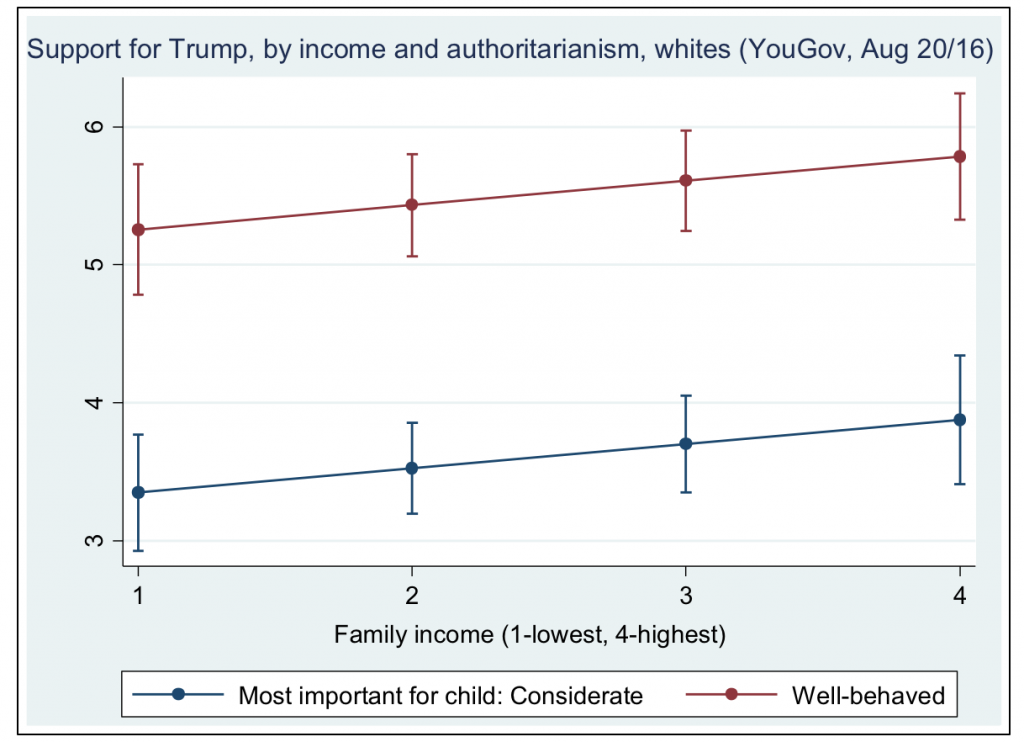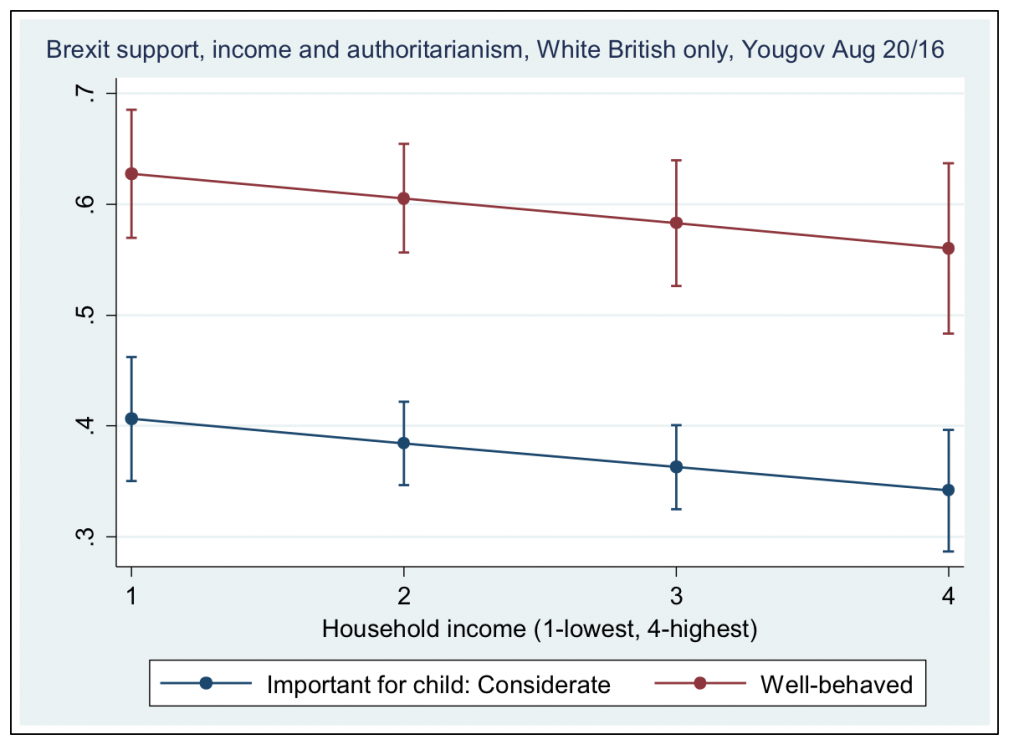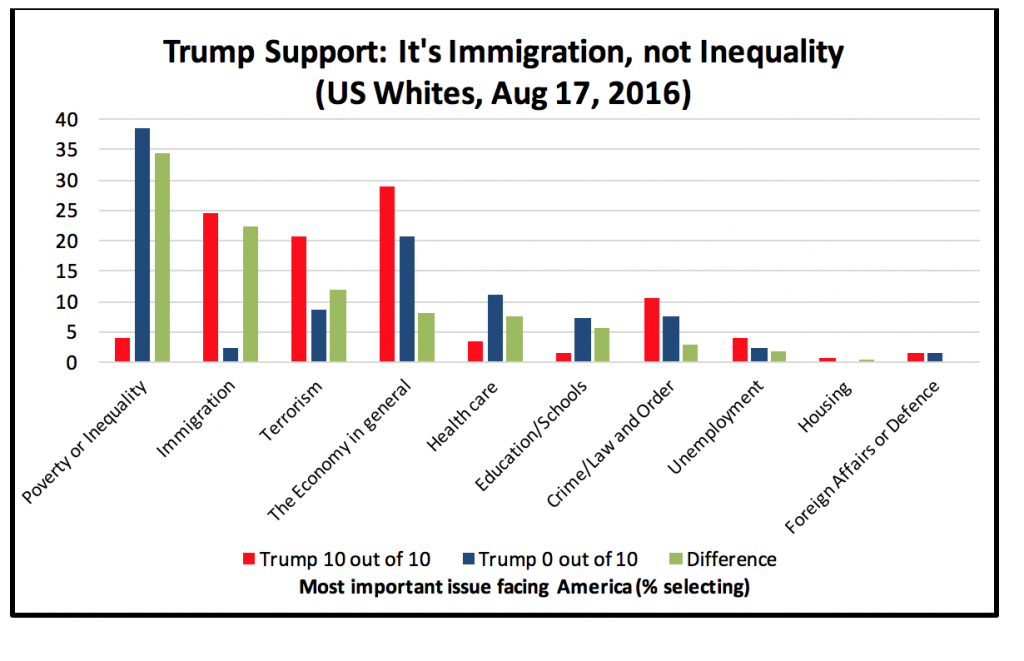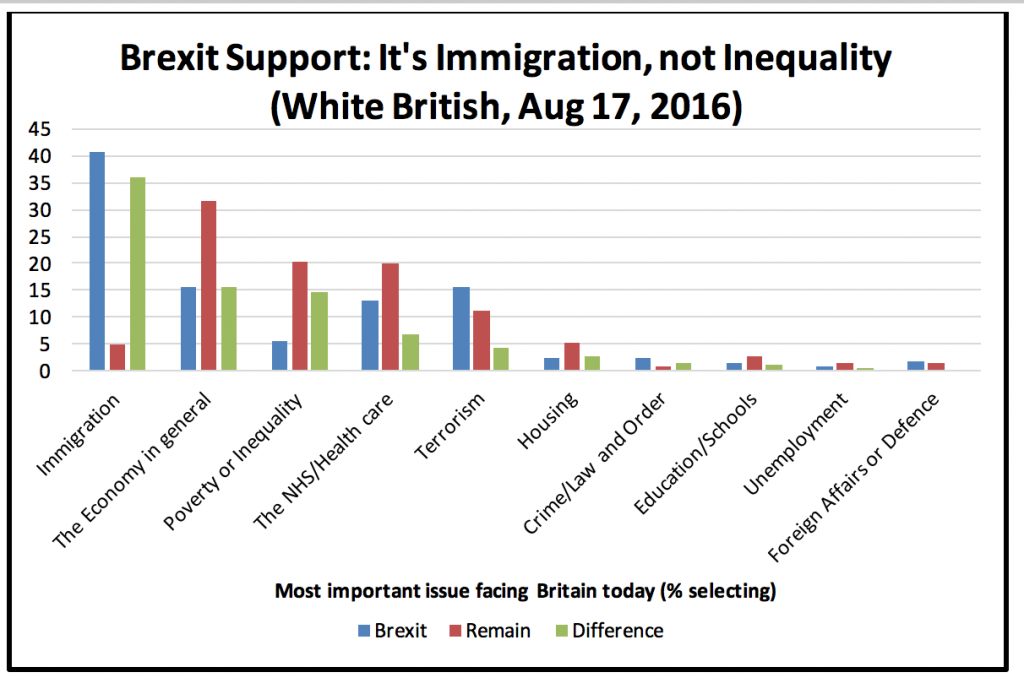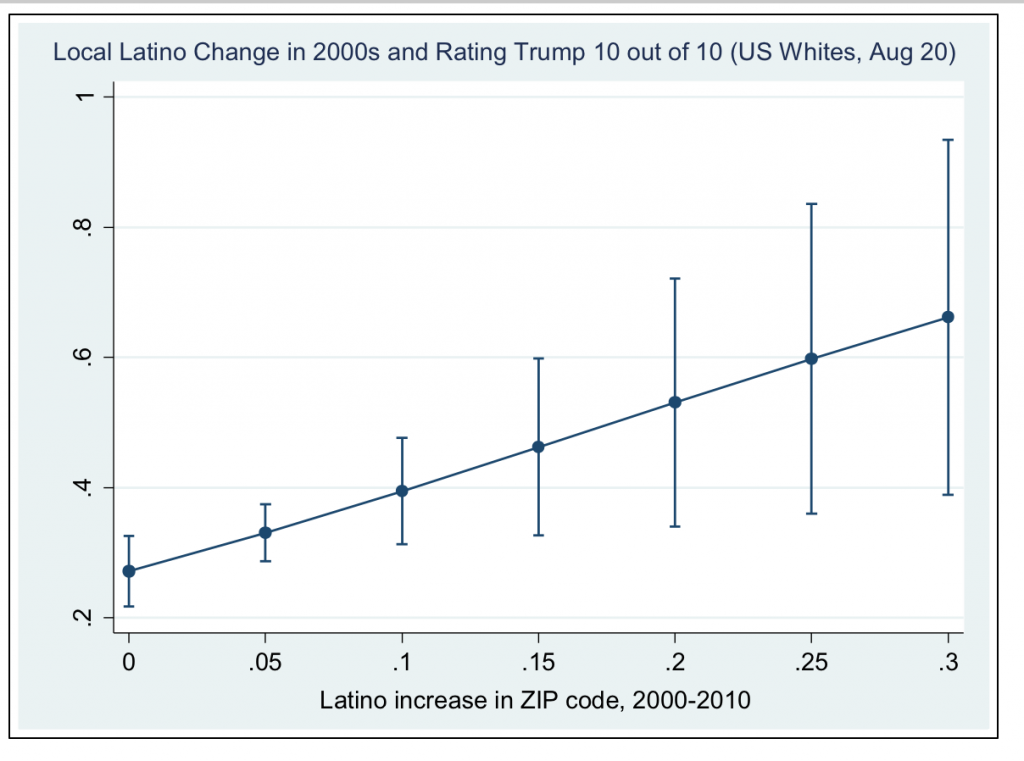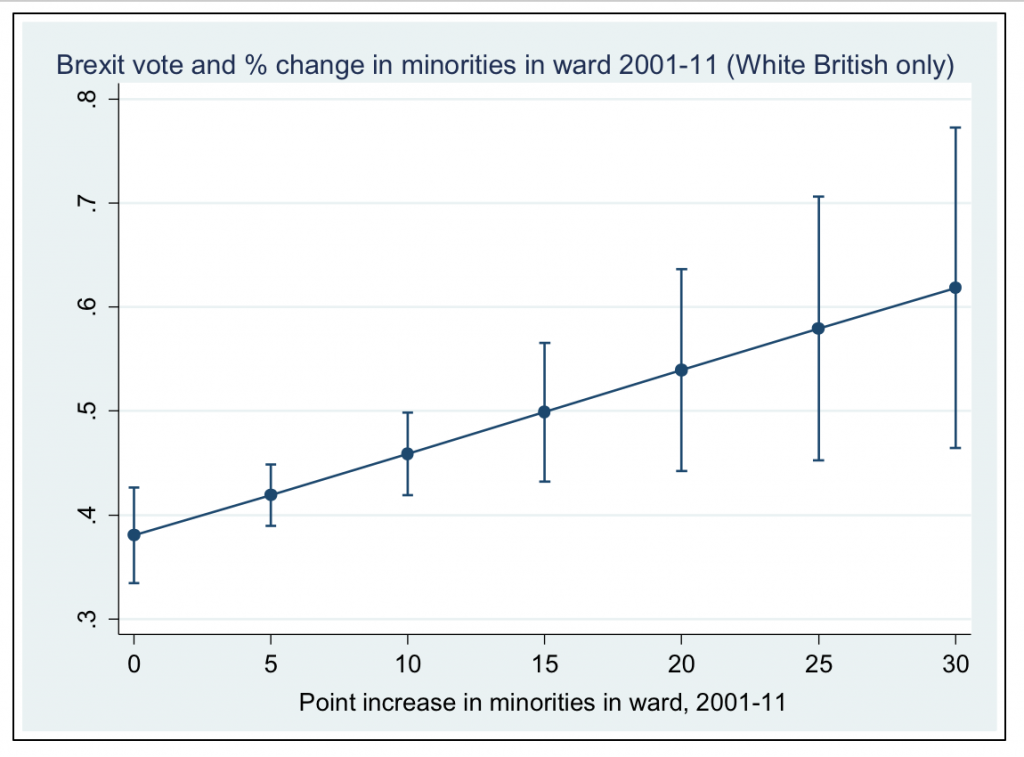 It’s an unusual position for an organisation to find itself in: on the brink of its third century and still no signature style. Imagine Apple without its elegant designs and simple use of space; or Google minus its primary-colours and clean white canvas.
It’s an unusual position for an organisation to find itself in: on the brink of its third century and still no signature style. Imagine Apple without its elegant designs and simple use of space; or Google minus its primary-colours and clean white canvas.
So, just a few years shy of our 200th birthday, we thought it was time such a unique and vibrant university had the coherent and contemporary look it deserved.
What we wanted was a clear, well-considered look and feel that stands for Birkbeck, which is fortunate to possess two rare things: a real Unique Selling Point (as the UK’s only evening university) and a heritage to die for (a core mission which has remained unchanged for 200 years, of educating working Londoners).
So, where to start? We had a 20 year-old ‘lockup’ – a logotype and crest, always seen together on a burgundy panel; and a blue theme inherited from a decade-old advertising campaign. We didn’t want to change the lockup (the burgundy has been darkened and the crest reversed to give greater contrast). But the older and newer looks didn’t always sit together favourably and the visual identity void led to a variety of styles that were not always recognisably ‘Birkbeck’.
 The challenge, then, was to create an identity – typefaces, colour palette, ways of presenting information – that would live happily alongside the lockup and work across digital and printed channels and products for years to come.
The challenge, then, was to create an identity – typefaces, colour palette, ways of presenting information – that would live happily alongside the lockup and work across digital and printed channels and products for years to come.
Importantly, the identity needed to be easy for people across the university to put in to practice. We have a small central design team, but many others across the organisation have some responsibility for design, stationery or leaflets, for instance.
We hired Pentagram, the world’s largest independent design consultancy, after a competitive process during which we were wowed by their careful understanding of Birkbeck, creative problem-solving and knowledge of the Higher Education sector having worked with the University of the Arts and the University of Sussex.
A cross-university steering group of academics and professional staff were convened to discuss Birkbeck’s personality and how it might be portrayed visually. This group became essential arbiters throughout the process, helping to define and refine ideas and schemes.
And together we came up with a visual identity that is both beautiful and practical that reflects Birkbeck’s ‘attitude not age’ approach to higher education for all – inclusive, vibrant and world-class.
Domenic Lippa, partner at Pentagram, said: “We wanted to create a visual identity that used the heritage of the existing logo. To do this, we anchored all information off of the logo, thus creating a strong hierarchy. Once we established this, the ‘heart’ of the identity, we started to introduce new typefaces, colours and imagery to support and counter-point that heritage.”
 There is enough flexibility to give people across the university room to ‘play’ with the identity, for instance by an unrestricted colourful palette and playful new ways of using our crest’s iconic owl – signifying our evening study. But brief, user-friendly guidelines gently help people stay within a ‘safe space’, ensuring Birkbeck always looks the part.
There is enough flexibility to give people across the university room to ‘play’ with the identity, for instance by an unrestricted colourful palette and playful new ways of using our crest’s iconic owl – signifying our evening study. But brief, user-friendly guidelines gently help people stay within a ‘safe space’, ensuring Birkbeck always looks the part.
Needless to say the list of products queuing up for an identity make-over is long – from signage and stationery to websites – so the process of switching our look will take some time. We’ll take it gradually. We wanted to share the design with staff and students first, of course and there will be face-to-face briefings for people who work with design and on-going support from the central design team.
Externally, the new look will be debuted by our new marketing campaign which launches after Christmas with advertisements across the London underground and buses. Our annual magazine BBK will be sent to our alumni and friends shortly afterwards, sporting the new identity. And thereafter, as we proceed throughout 2017, e-newsletters, stationery, Open Evening livery, the 2018-19 prospectus, a new website design and many other products will follow on.
Professor David Latchman, Master of Birkbeck, said: “I am delighted that Birkbeck is getting its first ever visual identity. As we move towards our third century this colourful, modern look helps communicate with the vitality, passion and professionalism of our world-class university.”
– Julia Day, Head of Communications at Birkbeck
https://youtu.be/REq6DzG4WP0
 As a researcher of the use of sport events and stadiums in regeneration projects I was interested in a recent graphical representation of how special events are linked to UK Gross Domestic Product (GDP) put out by the Office for National statistics (ONS). The representation showed a sharp spike in GDP at the time of the London 2012 Olympics and Paralympics.
As a researcher of the use of sport events and stadiums in regeneration projects I was interested in a recent graphical representation of how special events are linked to UK Gross Domestic Product (GDP) put out by the Office for National statistics (ONS). The representation showed a sharp spike in GDP at the time of the London 2012 Olympics and Paralympics.



 In all likelihood, it remains the role of the university to clearly articulate the known options and help students to navigate their chosen path. For this reason, Birkbeck offers unique support to students interested in developing new ideas (Enterprise), and new businesses (Entrepreneurship), in the form of
In all likelihood, it remains the role of the university to clearly articulate the known options and help students to navigate their chosen path. For this reason, Birkbeck offers unique support to students interested in developing new ideas (Enterprise), and new businesses (Entrepreneurship), in the form of 

